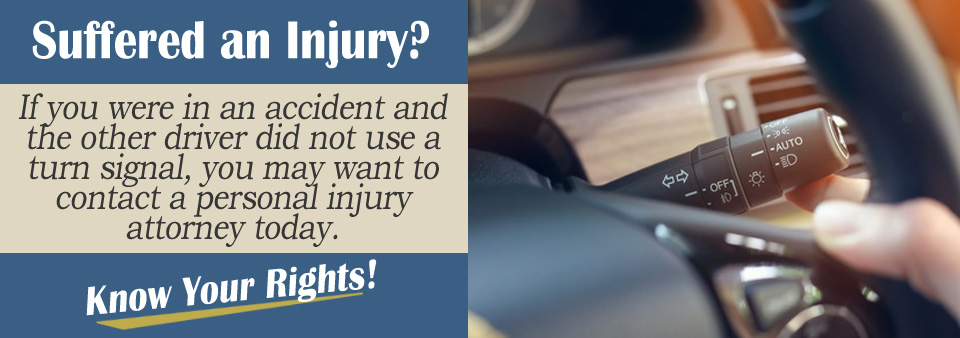As you approach an intersection, the driver in the car in front of you flips the signal on that lets you know the driver plans to make a left turn. Instead, the driver suddenly shoots back into the lane that is for vehicles moving straight ahead. The unexpected change of plans leaves you with little time to slow your vehicle down and hence, you hit the back end of the car that you thought was making a left turn.
Accidents caused by false turn signals happen in virtually every type of driving scenario, with false left turns at the top of the list for frequency of false turn signals. You can also become involved in a car crash with a driver who signals a change of lanes but instead, the driver decides to pop back into your lane. Regardless of why another driver is guilty of a false turn signal, you have to decide whether the accident is serious enough to warrant the presence of a law enforcement officer.
Why Would There Not Be a Police Report?
In the case of the driver signaling a left turn and then changing his mind at the last minute by swerving back into the straight ahead lane, the contact you made with the other car might not be considered serious enough to justify a police report. The damage to both vehicles is hard to detect and both drivers came out of the accident physically unscathed.
Nonetheless, it is a good idea to at least give the closest police department a heads up about the accident. Maybe the area where the accident took place is under construction and a police officer needs to be on the scene to direct traffic. Just remember that a police report represents the most important document that you submit to your insurance company.

Collecting Your Own Evidence
In vehicle accident cases that do require a police report, it is up to the drivers involved in the cases to gather the evidence needed by an insurance company to process a claim. This means that immediately after pulling over and getting out of your car, you should interview the driver and any passengers from the second car.
You need to get their names, addresses, and for the driver of the other vehicle, you should write down his or her driver’s license number. Your insurance company needs to have the contact information when it conducts an investigation into the vehicle crash.
Physical evidence such as photographs of the accident scene and images that present the condition of the road are important as well. When an auto body shop completes the work performed on your car, you should submit the final bill to your insurance carrier. You will also need to submit medical documents, if any are relevant to your claim.
Meet with a Licensed Personal Injury Lawyer
Even if you follow all the steps for submitting a claim to your insurance company, it is always a good idea to have an experienced personal injury lawyer on your side. He or she will make sure your claim contains everything state law mandates, as well as determine whether you can recover money lost because of healthcare bills. Fill out the Free Case Evaluation on this page to have your claim loved over by a disability attorney that takes cases in your area today!